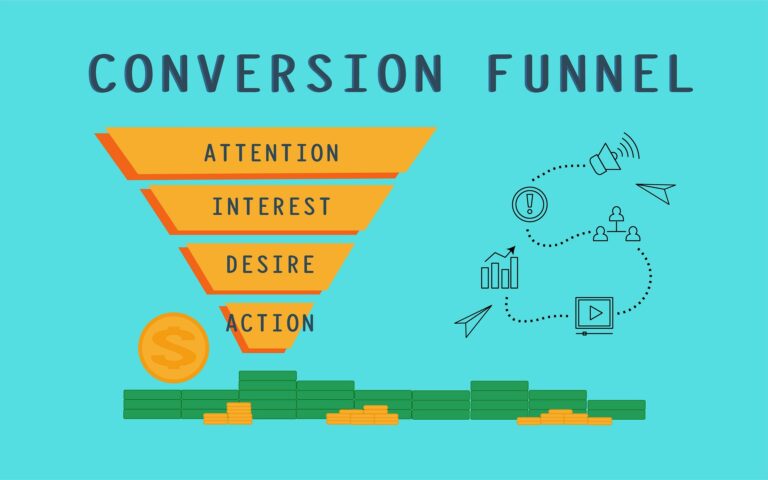What does measuring digital brand success entail? In today’s digital landscape, establishing a strong online presence is paramount for brands looking to engage with consumers effectively. However, creating an impactful digital brand is only part of the journey; measuring its success is equally vital. Understanding how to evaluate your brand’s performance through various metrics and analytics strategies can provide insights into your audience, optimize your marketing efforts, and ultimately drive growth. This article delves into key metrics and analytics strategies for measuring digital brand success.
Importance of Measuring Digital Brand Success
Table of Contents
Digital brand success encompasses various factors, from engagement rates and audience reach to conversion rates and brand loyalty. Tracking these metrics enables businesses to assess the effectiveness of their digital strategies and make informed decisions. Additionally, measuring success helps brands adapt to changing consumer behaviors, ensuring they remain relevant in an ever-evolving digital landscape.
Key Metrics for Measuring Digital Brand Success
a. Brand Awareness Metrics
Brand awareness is the foundation of any successful marketing strategy. Key metrics to evaluate brand awareness include:
- Impressions: The number of times your content is displayed, whether clicked or not. A higher number of impressions indicates greater visibility.
- Reach: The total number of unique users who have seen your content. This metric helps gauge the extent of your brand’s exposure across platforms.
b. Engagement Metrics
Engagement metrics reflect how consumers interact with your brand and content. Key indicators include:
- Likes, Shares, and Comments: These metrics reveal how much your audience resonates with your content. High engagement rates often correlate with a strong emotional connection to your brand.
- Click-Through Rate (CTR): This metric measures the percentage of users who click on a link compared to the total number of users who view the content. A higher CTR indicates effective content that encourages users to take action.
c. Conversion Metrics
Conversion metrics measure how effectively your brand turns potential customers into actual buyers. Important conversion metrics include:
- Conversion Rate: The percentage of users who complete a desired action (e.g., making a purchase, signing up for a newsletter) after interacting with your content. A higher conversion rate suggests effective marketing strategies.
- Customer Acquisition Cost (CAC): This metric calculates the cost of acquiring a new customer. Monitoring CAC helps brands understand the efficiency of their marketing spend.
d. Retention and Loyalty Metrics
Brand loyalty is crucial for long-term success. Key metrics for measuring retention and loyalty include:
- Customer Lifetime Value (CLV): This metric estimates the total revenue a business can expect from a customer over their entire relationship. A high CLV indicates strong brand loyalty and effective retention strategies.
- Churn Rate: The percentage of customers who stop using your product or service within a given timeframe. A lower churn rate signifies better customer retention.
e. Brand Sentiment Metrics
Understanding how your audience perceives your brand is essential for managing brand reputation. Key sentiment metrics include:
- Net Promoter Score (NPS): This metric assesses customer loyalty by asking how likely customers are to recommend your brand to others. A higher NPS indicates positive brand sentiment.
- Social Listening: Monitoring social media mentions and discussions about your brand helps gauge public perception and identify areas for improvement.
Analytics Strategies for Measuring Brand Success
To effectively measure and analyze these metrics, brands should employ a variety of analytics strategies.
a. Utilize Web Analytics Tools
Tools like Google Analytics, Adobe Analytics, and HubSpot provide comprehensive insights into website traffic, user behavior, and conversion rates. By setting up goals and tracking user journeys, brands can identify which marketing efforts drive success and where improvements are needed.
b. Implement Social Media Analytics
Social media platforms offer native analytics tools that help brands track engagement metrics, audience demographics, and content performance. By analyzing this data, brands can refine their social media strategies and create content that resonates with their target audience.
c. Conduct Surveys and Feedback Mechanisms
Direct feedback from customers through surveys and polls can provide qualitative insights into brand perception and satisfaction. Tools like SurveyMonkey and Typeform allow brands to collect and analyze customer feedback, which can inform future marketing strategies.
d. A/B Testing
A/B testing involves comparing two versions of a webpage, email, or ad to determine which one performs better. By testing different headlines, images, or calls to action, brands can identify the most effective elements that resonate with their audience.
e. Leverage Marketing Automation Tools
Marketing automation platforms, such as Mailchimp and Marketo, enable brands to segment their audience and analyze campaign performance. By automating email marketing and social media campaigns, brands can gather data on user interactions and optimize future efforts based on insights gained.
f. Monitor Competitor Performance
Keeping an eye on competitors’ performance can provide valuable context for your brand’s success. Tools like SEMrush and SimilarWeb allow brands to analyze competitor traffic, engagement, and marketing strategies, helping you identify gaps and opportunities in your own approach.
Conclusion
Measuring digital brand success requires a multifaceted approach, utilizing various metrics and analytics strategies. By focusing on brand awareness, engagement, conversion, retention, and sentiment, brands can gain a comprehensive understanding of their performance. Employing tools and strategies such as web analytics, social media insights, surveys, A/B testing, and competitor analysis enables brands to make data-driven decisions that enhance their digital presence.
In an era where consumer behavior is constantly shifting, staying attuned to these metrics and analytics is not just beneficial—it’s essential for sustained success. By effectively measuring and analyzing digital brand performance, brands can adapt their strategies, foster deeper connections with their audience, and drive long-term growth.

